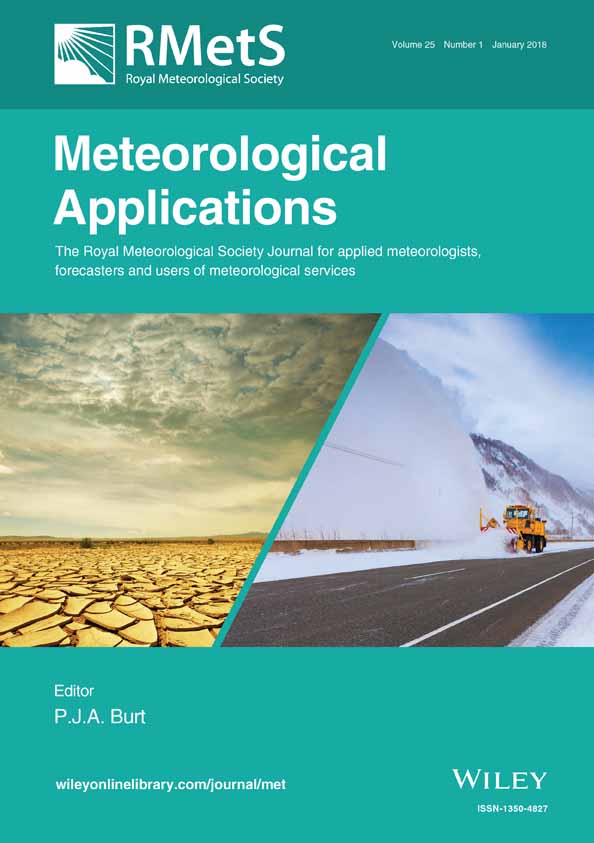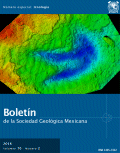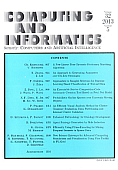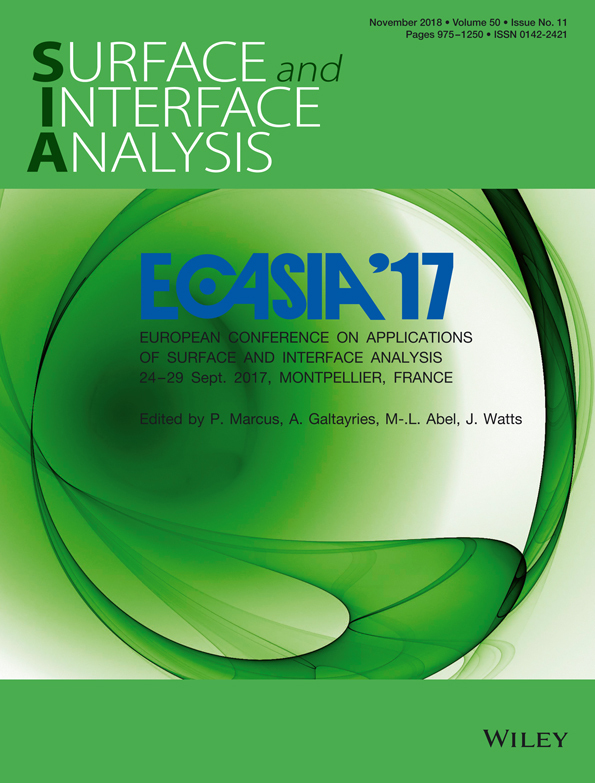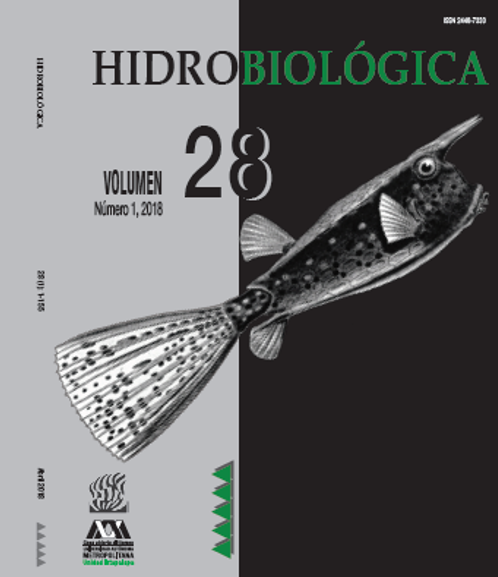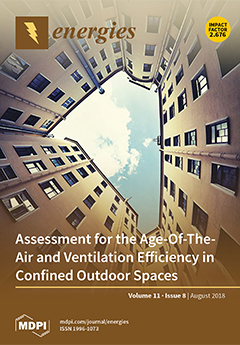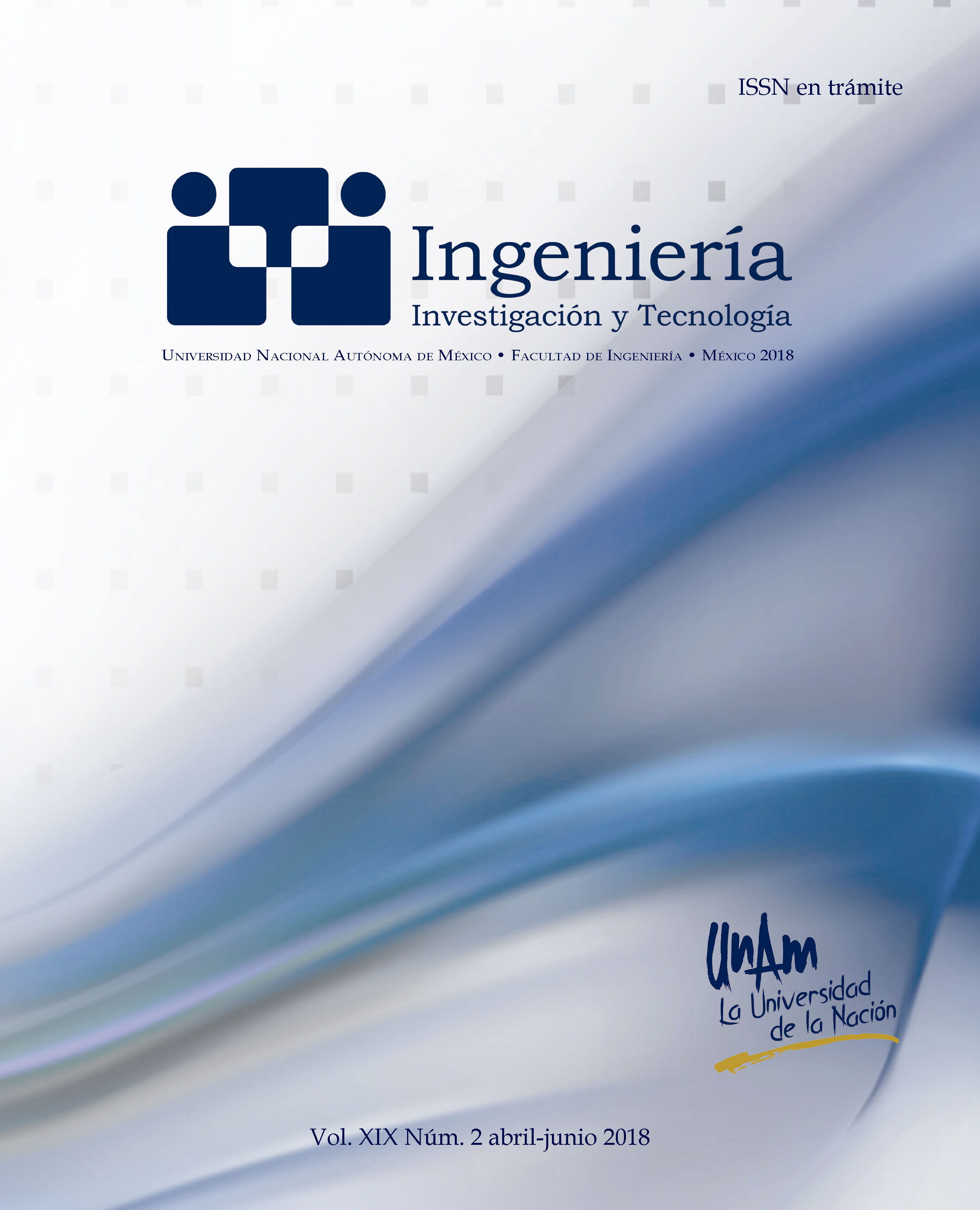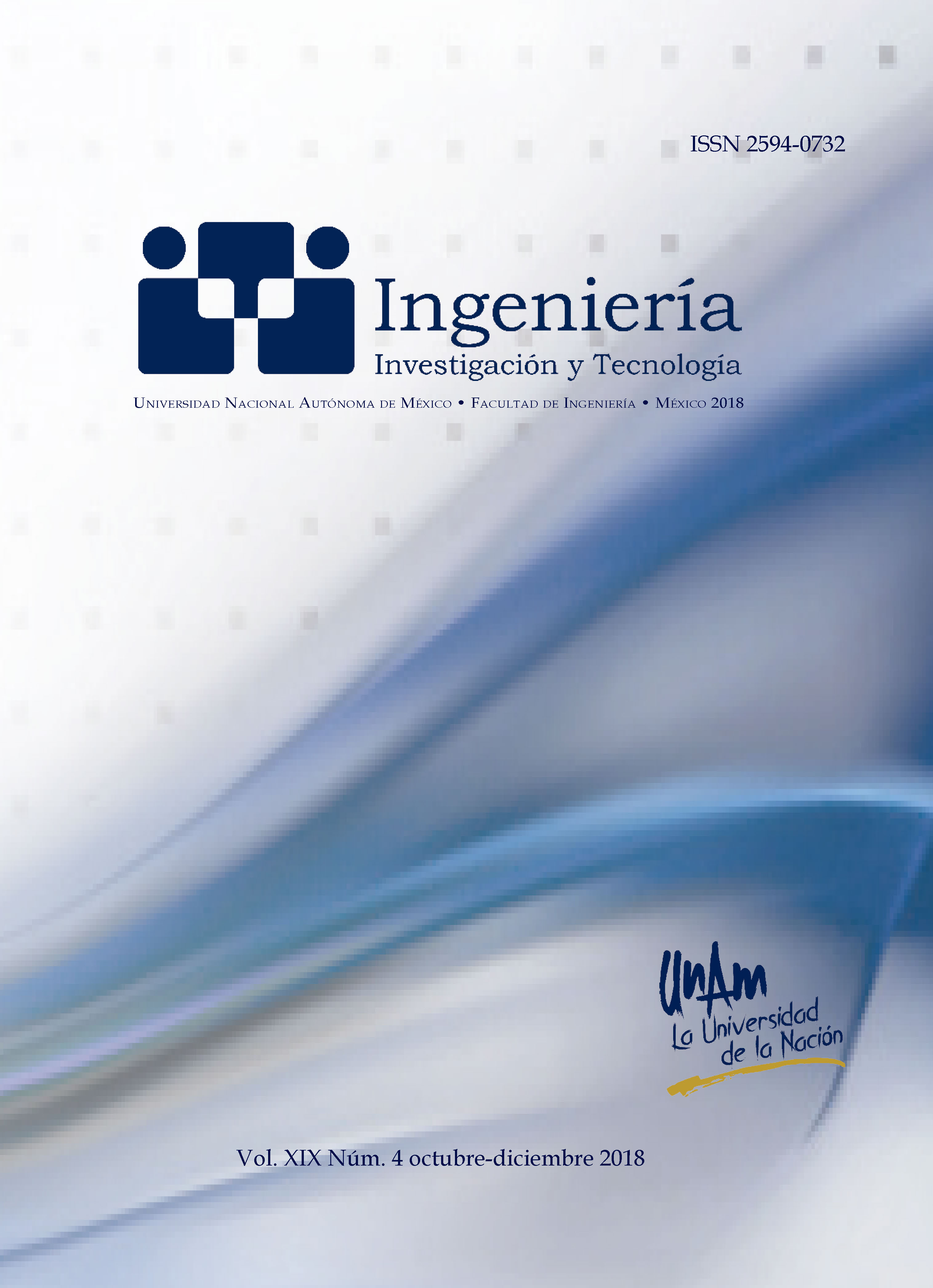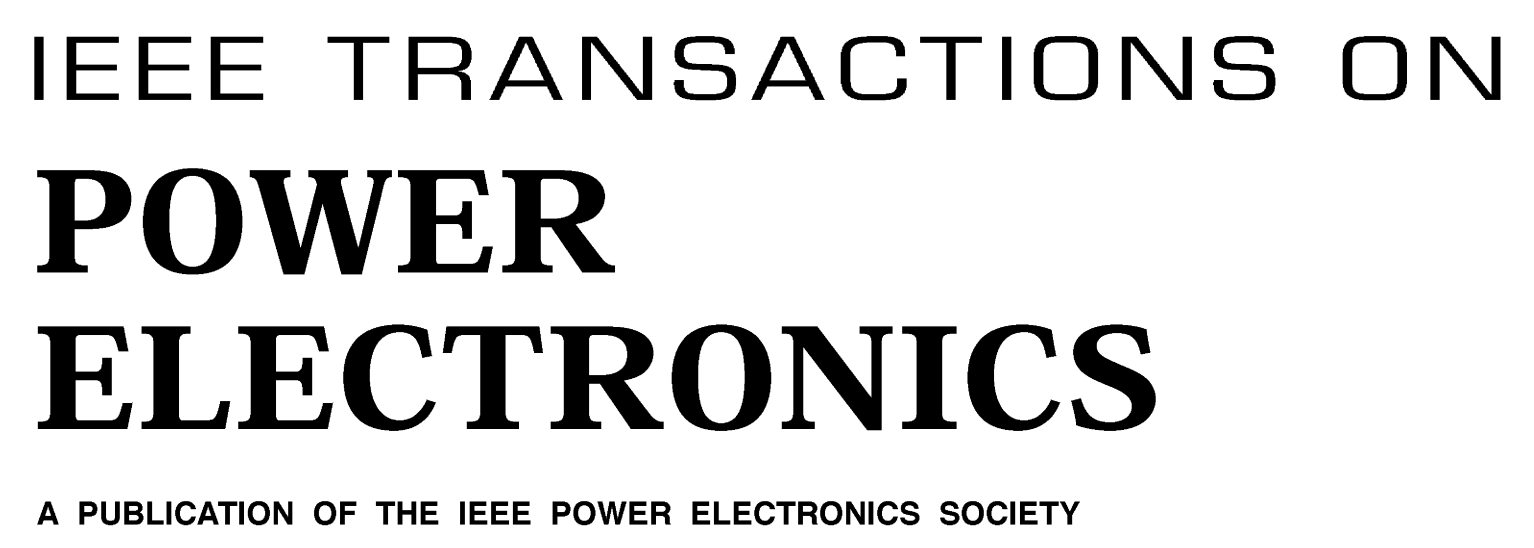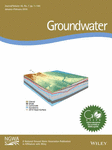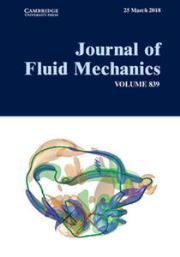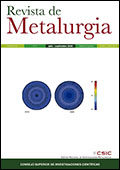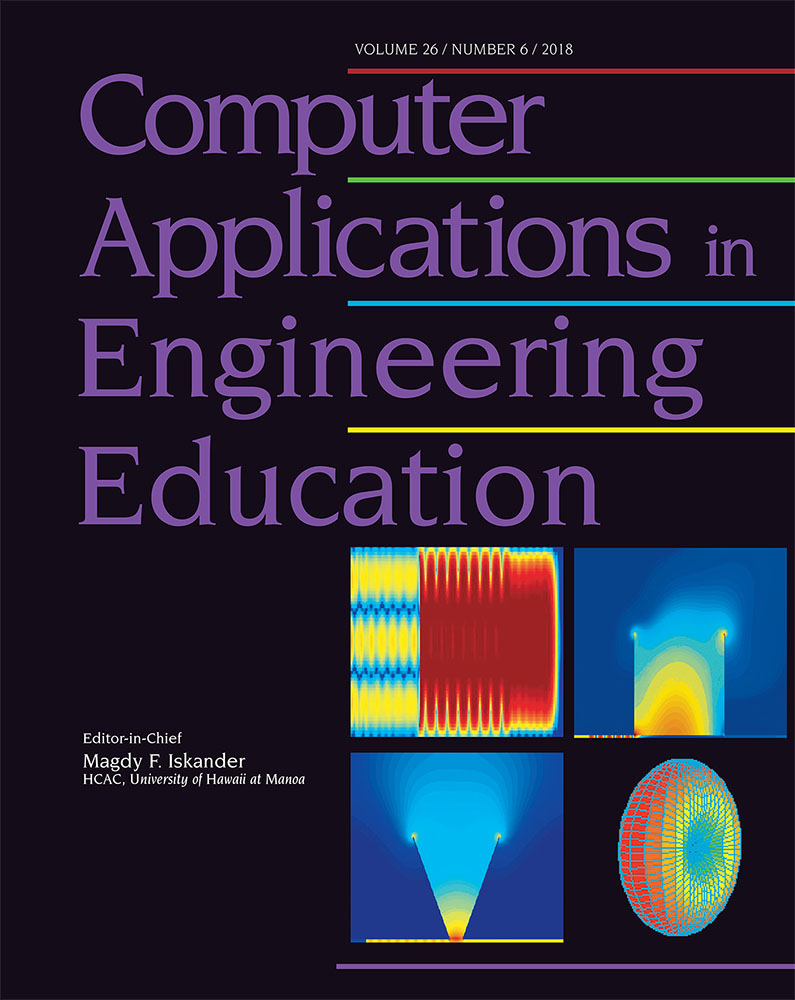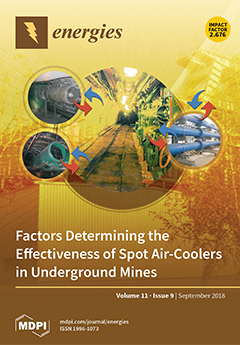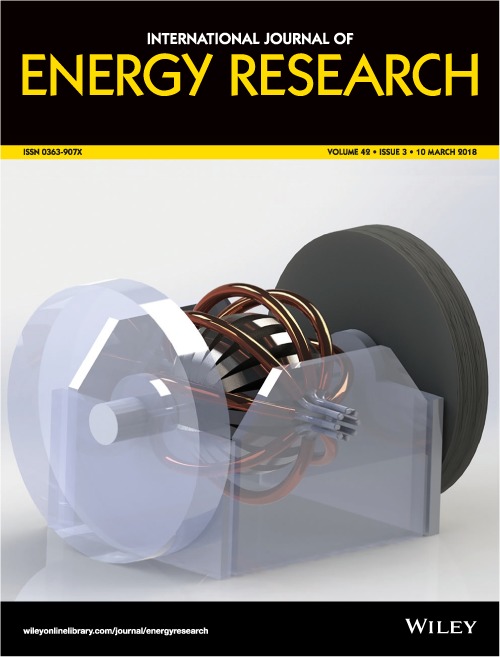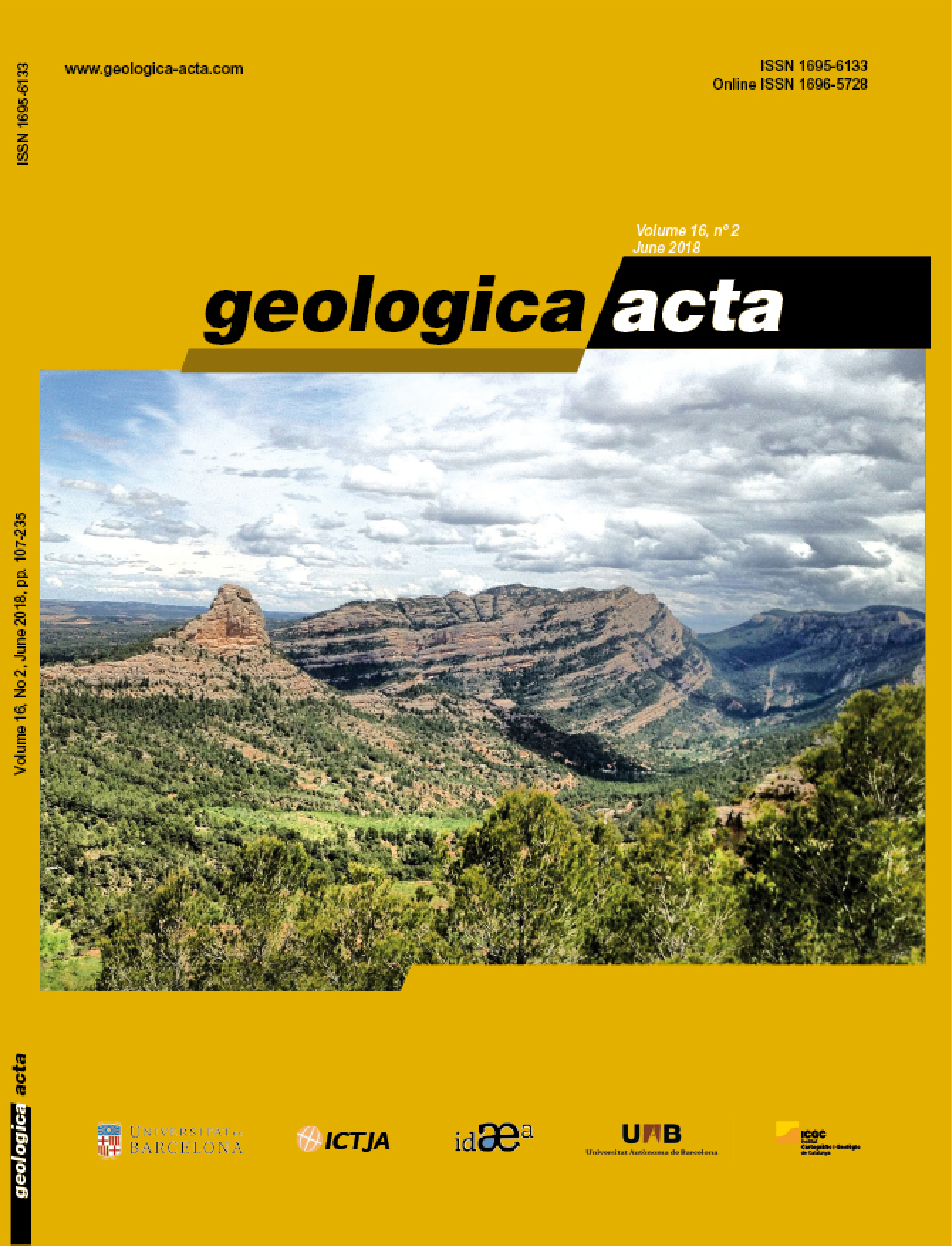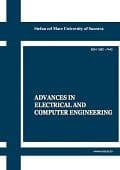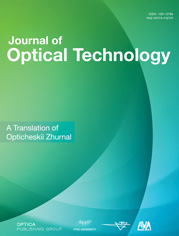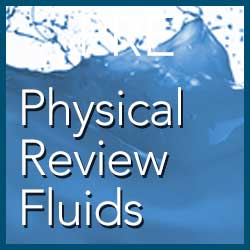
Characterization of superficial modification of ferrous rusted substrates subjected to dechlorination-electrochemical process
Journal of Adhesion Science and Technology
https://doi.org/10.1016/j.segan.2022.100658
Jesús Rafael González Parra1 , Alba Covelo Villar1 , R. J. Ramírez 1 , A. Tejeda 2 , A. Ortega 3 , Miguel Ángel Hernández Gallegos1
1 Universidad Nacional Autónoma de México, Facultad de Ingeniería
2 Universidad Nacional Autónoma de México, Instituto de Investigaciones en Materiales
3 Universidad Nacional Autónoma de México, Instituto de Ciencias Nucleares
Keywords: Carbon steel, SEM, X-ray diffraction, rust, dechlorination
Abstract: Preservation of archaeological artefacts after their removal from saline media is a difficult task due to the chloride content of the oxide layers which are unstable in atmospheric conditions, especially if the relative humidity exceeds 85%. For this reason, removal of chlorides from rust layers is one of the priorities of conservationists or restorers of historical artefacts. However, removal of chloride ions is not an easy procedure because of the many considerations involved in the process. In this research, artificially pre-rusted iron samples and an actual historical cannonball were subject to a dechlorination process in a potassium hydroxide solution to measure constant chloride release in a bulk solution. After the chloride removal process, a commercial protective layer was applied to the rust for stabilization purposes. It was calculated that the kinetics of the dechlorination process is driven by diffusion behaviour following Fick’s second law. When this diffusion process prevails, the dechlorination extraction affects the integrity of rust layers as is demonstrated with scanning electron microscopy and X-ray diffraction analyses. It was proven that the chloride removal procedure causes the studied iron layers to stiffen, provoking superficial modification and, in some cases, fractures of the rust. By means of electrochemical impedance spectroscopy it was calculated that the magnitude of the positive effect of the dechlorinated samples depends on the protective features of the rust. Therefore, this research reveals that an efficient chloride removal procedure depends on the electrochemical properties of the dechlorination process and the initial morphology of the iron rust.
Journal of Adhesion Science and Technology
https://doi.org/10.1016/j.segan.2022.100658
Jesús Rafael González Parra1 , Alba Covelo Villar1 , R. J. Ramírez 1 , A. Tejeda 2 , A. Ortega 3 , Miguel Ángel Hernández Gallegos1
1 Universidad Nacional Autónoma de México, Facultad de Ingeniería
2 Universidad Nacional Autónoma de México, Instituto de Investigaciones en Materiales
3 Universidad Nacional Autónoma de México, Instituto de Ciencias Nucleares
Keywords: Carbon steel, SEM, X-ray diffraction, rust, dechlorination
Abstract: Preservation of archaeological artefacts after their removal from saline media is a difficult task due to the chloride content of the oxide layers which are unstable in atmospheric conditions, especially if the relative humidity exceeds 85%. For this reason, removal of chlorides from rust layers is one of the priorities of conservationists or restorers of historical artefacts. However, removal of chloride ions is not an easy procedure because of the many considerations involved in the process. In this research, artificially pre-rusted iron samples and an actual historical cannonball were subject to a dechlorination process in a potassium hydroxide solution to measure constant chloride release in a bulk solution. After the chloride removal process, a commercial protective layer was applied to the rust for stabilization purposes. It was calculated that the kinetics of the dechlorination process is driven by diffusion behaviour following Fick’s second law. When this diffusion process prevails, the dechlorination extraction affects the integrity of rust layers as is demonstrated with scanning electron microscopy and X-ray diffraction analyses. It was proven that the chloride removal procedure causes the studied iron layers to stiffen, provoking superficial modification and, in some cases, fractures of the rust. By means of electrochemical impedance spectroscopy it was calculated that the magnitude of the positive effect of the dechlorinated samples depends on the protective features of the rust. Therefore, this research reveals that an efficient chloride removal procedure depends on the electrochemical properties of the dechlorination process and the initial morphology of the iron rust.







